Safdarjung Tomb was built at the last time of the Mughal Empire. It is the last monument which the last Mughal emperor built. That was the last time of the king in life. It is named Safdarjung tomb on the name of Nawab in Oudh.
- It is in New Delhi near the Jor Bagh metro station. It was built in 1754.
Safdarjung Tomb has a very amazing Architecture. On the first floor of the tomb, there is a big corridor. In this, there are so many v-shaped gates.
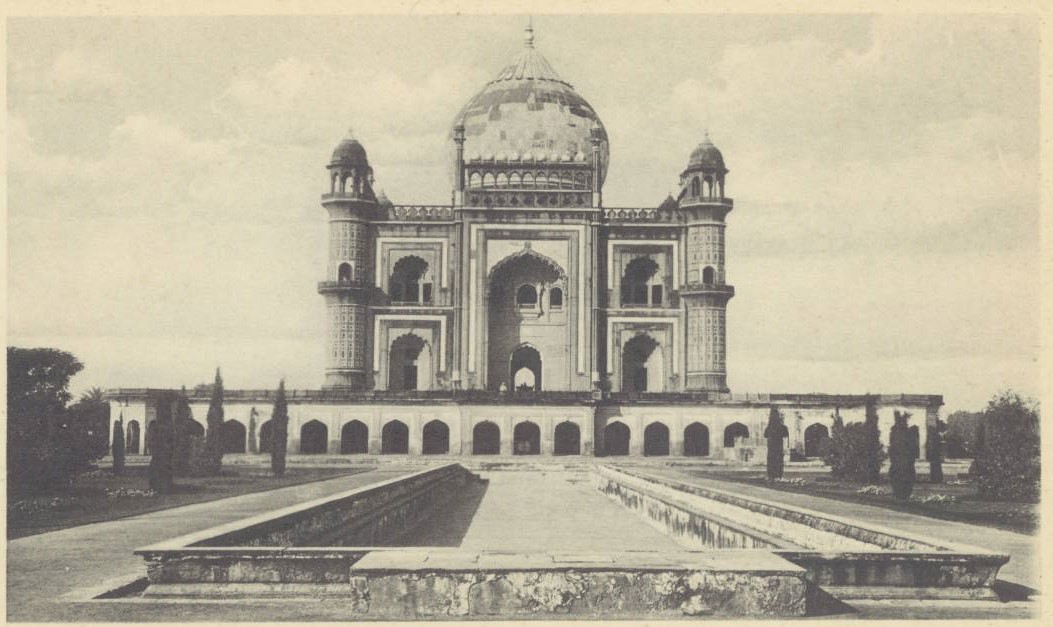
The architecture of Safdarjung Tomb
Safdarjung tomb attracts visitors with its amazing architecture and design. As it most upper part is similar to red fort little bit. It is made of sandstone. It has 2 floors in this tomb. The Safdarjung tomb is on the second floor, and there is a wonderful pillar on both sides of the tomb. The pillar's design is better than a Tomb As the tomb’s design is amazing. There are a total of 16 pillars including thin and thick pillars. There is a pool in front of the tomb and the pool, there are so many water fountains. The tomb has a very big walking area. It contains modern trees and plants. There is also the facility of parking. If I say so Safdarjung tomb is a Garden tomb because there are so many trees and plants.
In front of the tomb, there is a white building. There you also get to see a mosque which is right side when you enter from the main gate.
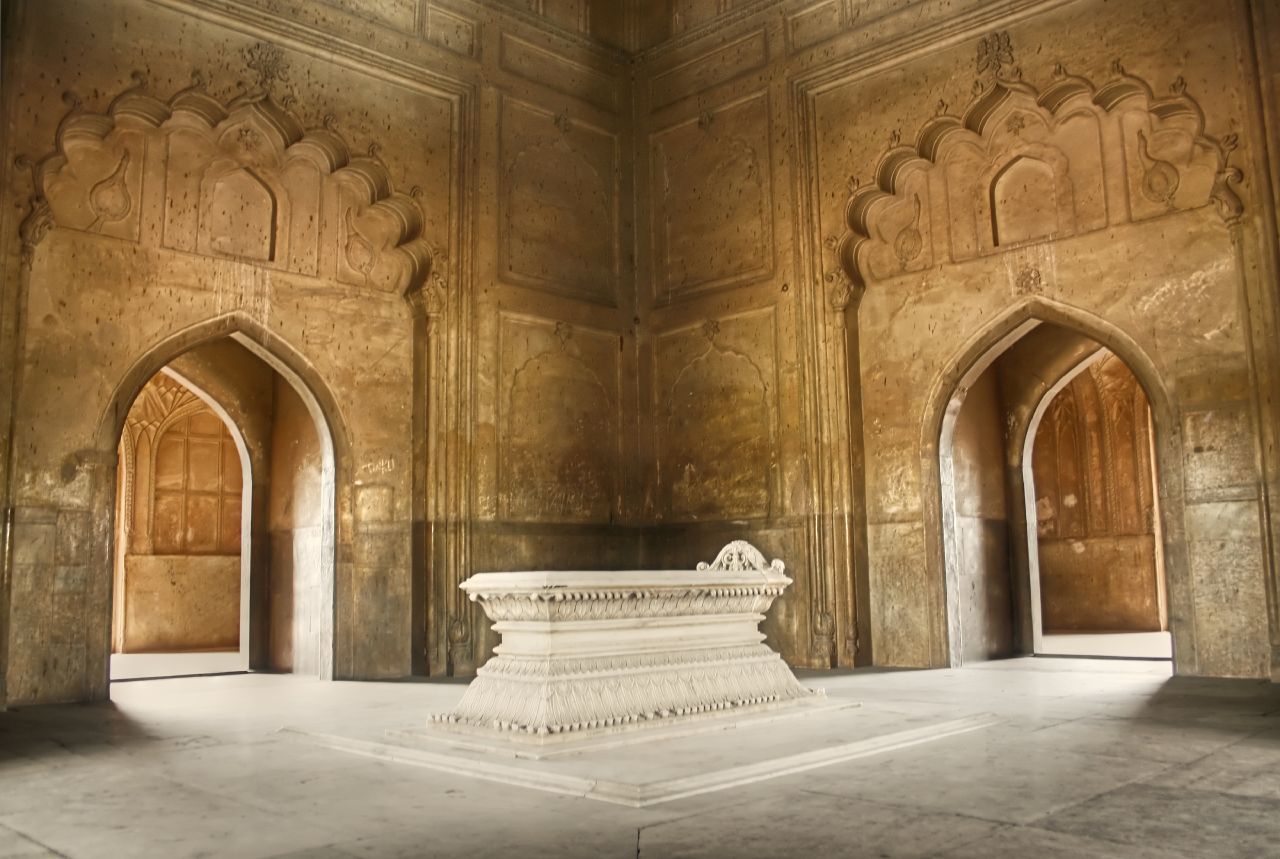
History Of Safdarjung Tomb
The Safdarjung Tomb was built by Shujaushala in memory of his father Mukim Abul Masoor Khan. He was also called Safdarjung. Sadarjung was the prime minister of the Mughal Empire. When the Mughal Empire was declining, so Mughal emperor started drinking in this Grief. At that time pm, Safdarjung handled all the empire. The main reins of the empire were in his hands.
The Mughal King was unhappy with it so he made a treaty with Marathas and told him to make Safdarjung run away from Delhi.
Then Marathas made Safdarjung run away from Delhi and again all reins came into the hands of the Mughal king. Sadarjung was deeply shocked by it and after some time he died. Then his son Shujaushala requested with king to the tomb of his father and the king accepted his request.
- Safdarjung was viceroy in period (1719-48) of Mughal badshah Muhammad Shah. His tomb’s garden is based on four garden patterns.
- This tomb is built in the middle of the garden on a high Platform of 18.29x18.29 square.
Main Feature of The tomb
This tomb is also known as Charbagh's tomb because there are a total of four gardens around all areas. This is a copy of Humayun's tomb and Humayun's Tomb is a copy of the Taj Mahal.
There is an Arbi inscription on the surface. That “Jab BAHADURI KA NAYAK SHADHBHANGUR SE CHALA JATA HAI.”
Just like the Humayun Tomb has garden trees in front of the tomb Safdarjung's tomb has also a garden, modern trees on both sides and a pool on the front side. There is a Flower design inside of the roof.
Safdarjung Tomb is not as big as the Taj Mahal and Humayun Tomb. There is grave of Nawab Safdarjung. There are four gates to the tomb.
There is a mosque also. When we enter from the main gate so on the right side we get to see this mosque. It was also built when the Safdarjung tomb was built.
Timing and Entry fees in Safdarjung Tomb
This Tome is open in the morning from 7 Am to 5 P.m. It is open all day.
The EnFeeFees is ₹15 Indiansdian foreignersgner ₹ 200. You can picturesque in it but for video,aphy you have to pay ₹ 25.
Hope this article was helpful to you and help you in gaining some knowledge. Comment Below and give some feedback
Don't Forget to Share this topic with your Friends. You can share this on Facebook, Twitter and You can also E-Mail.
Get Related Places to visit by clicking Here.
Please don't forget to Bookmark This site and get back Again. We keep Adding Valuable Content every day. So Please don't forget to Subscribe to our News Letter. If you are interested in cooking, check out our cooking section by clicking Here.
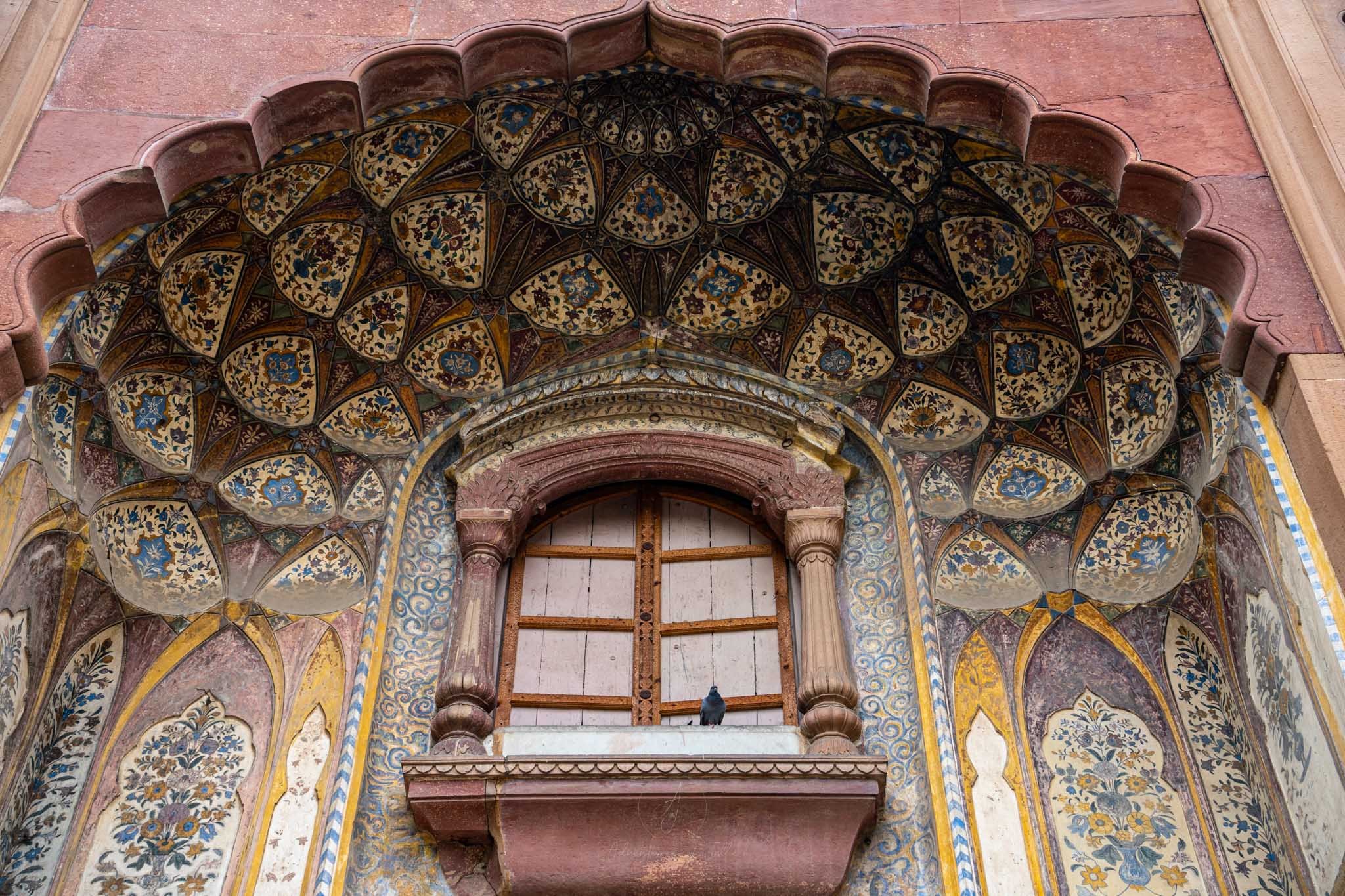
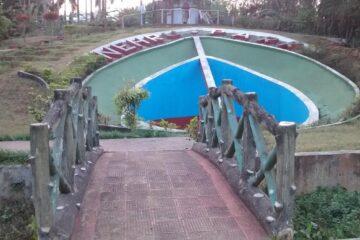
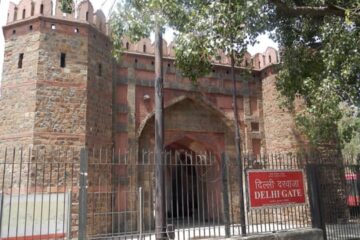
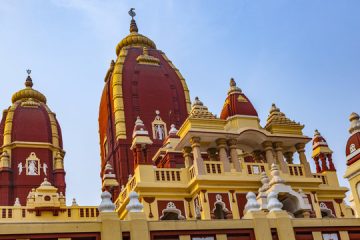
0 Comments